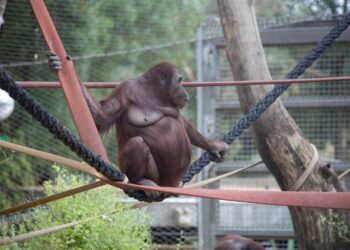What is the primary purpose of camouflage in animals?

To attract mates
To avoid predators
To find food more easily
To sleep undetected
Which animal is known for changing its skin color for camouflage?
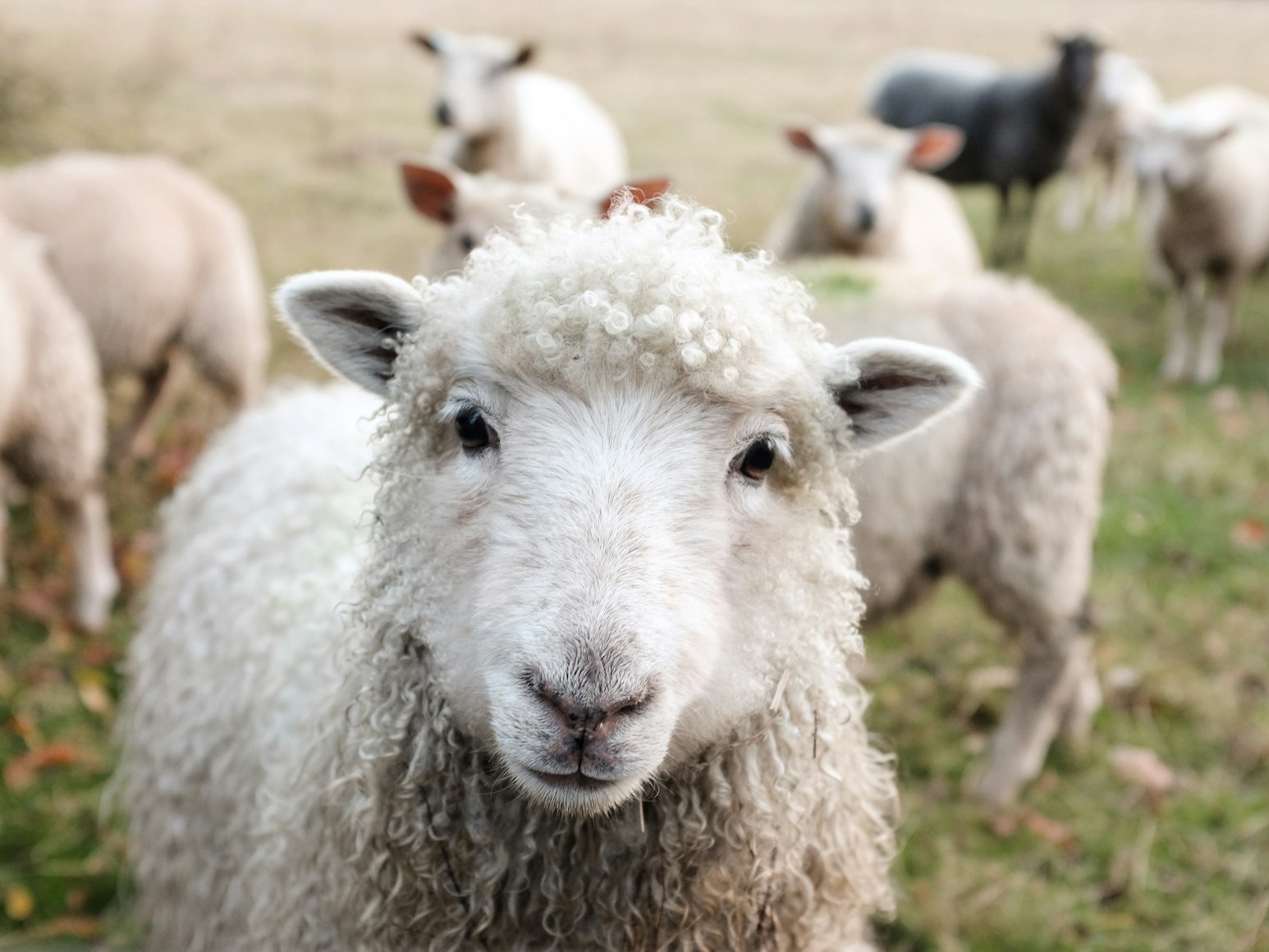
Cheetah
Chameleon
Polar Bear
Elephant
What type of camouflage involves looking like a leaf?
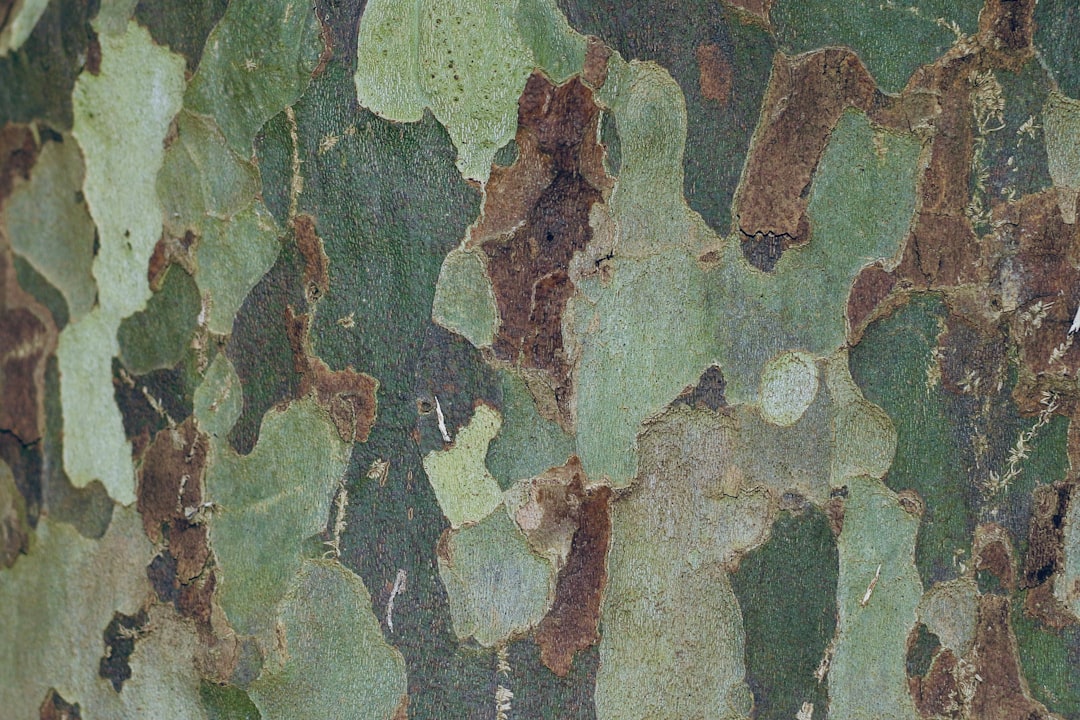
Disruptive coloration
Mimicry
Counter-shading
Mimesis
Which environment is the peppered moth a classic example of camouflage evolution?
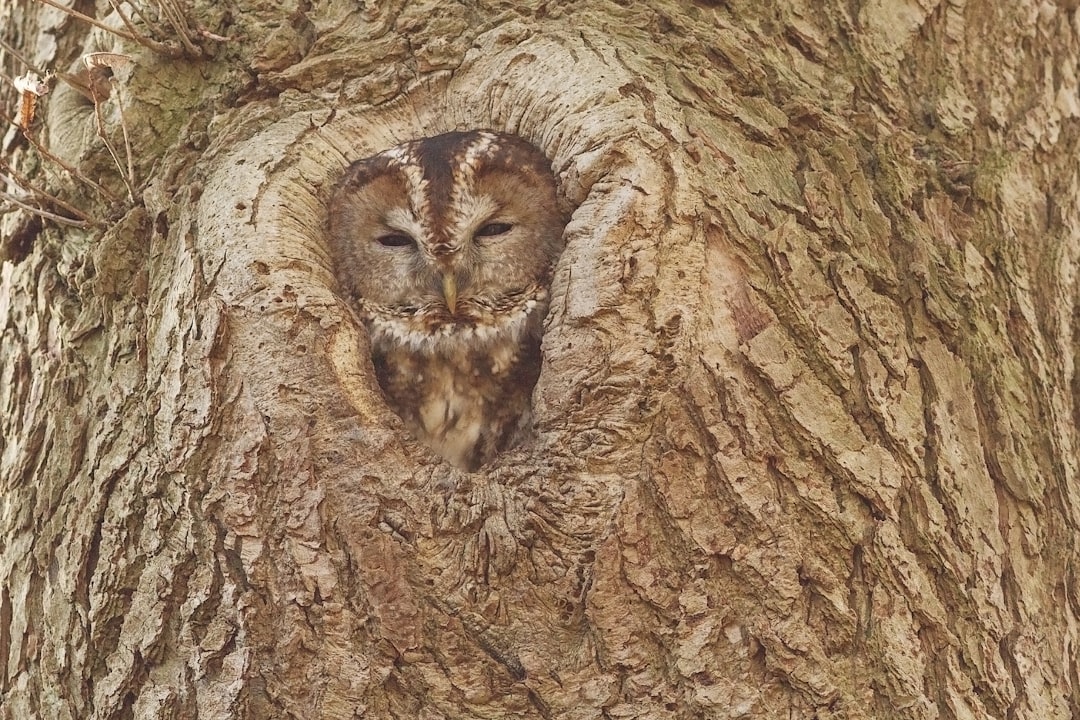
Tropical Rainforests
Desert Landscapes
Industrial Areas
Arctic Tundra
What is counter-shading?
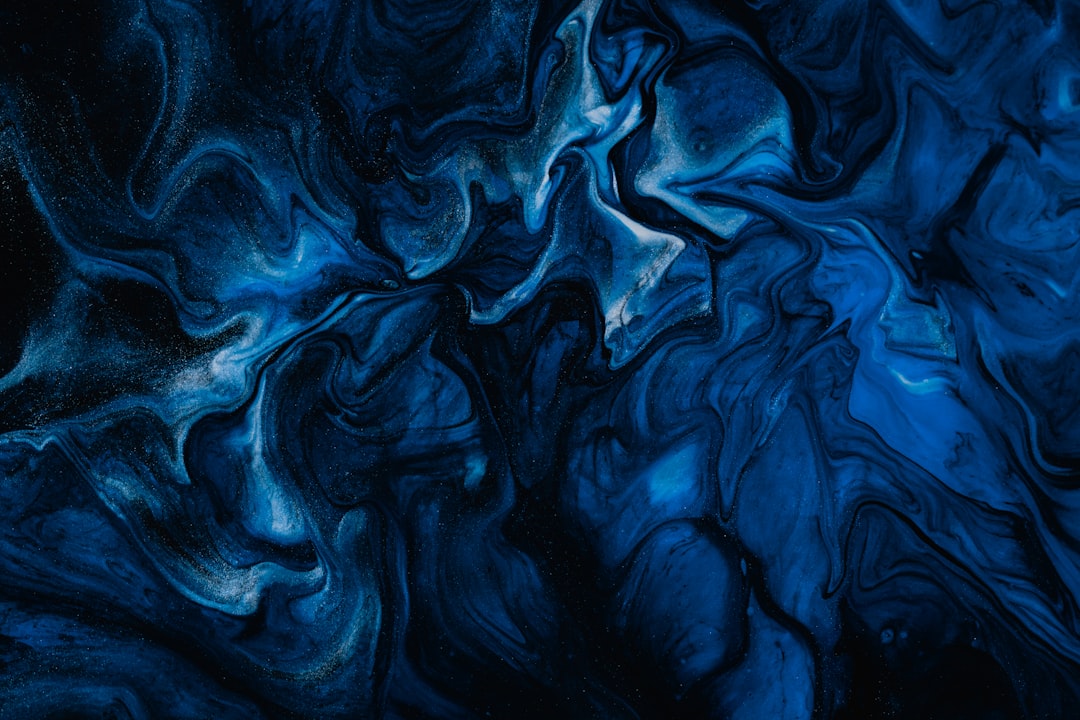
Bright colors on the bottom side
Dark colors on the top side
Dark top, lighter underside
Light on both sides
Which animal uses its environment to camouflage by decorating itself?
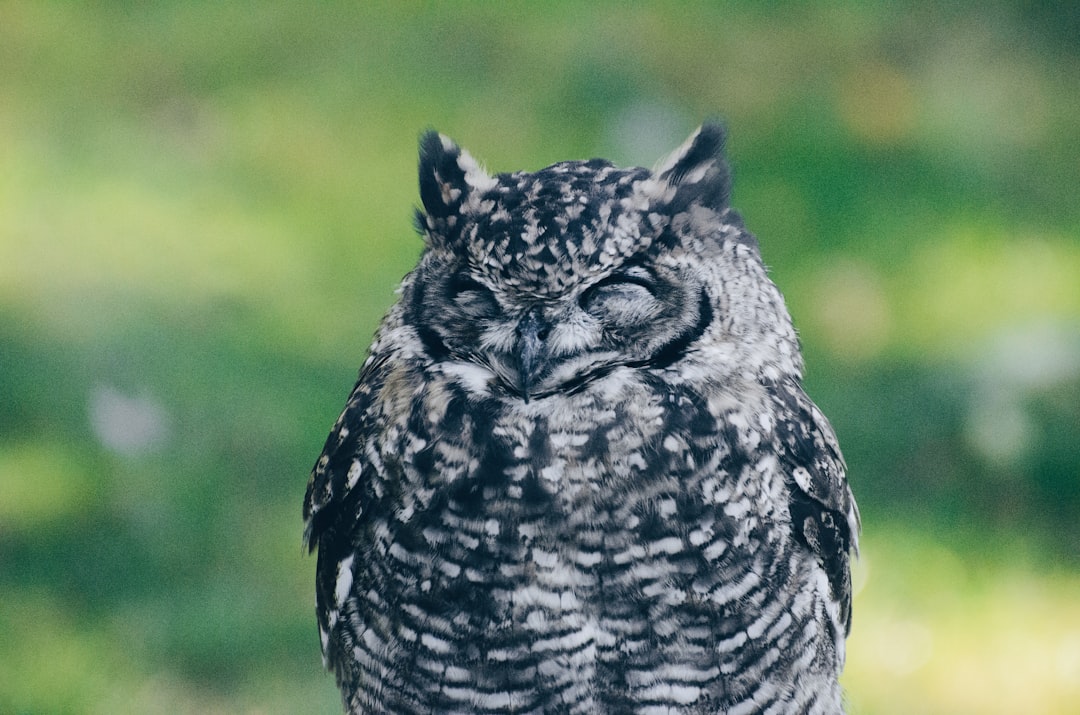
Octopus
Decorator Crab
Arctic Fox
Kangaroo
What kind of camouflage do tigers use?
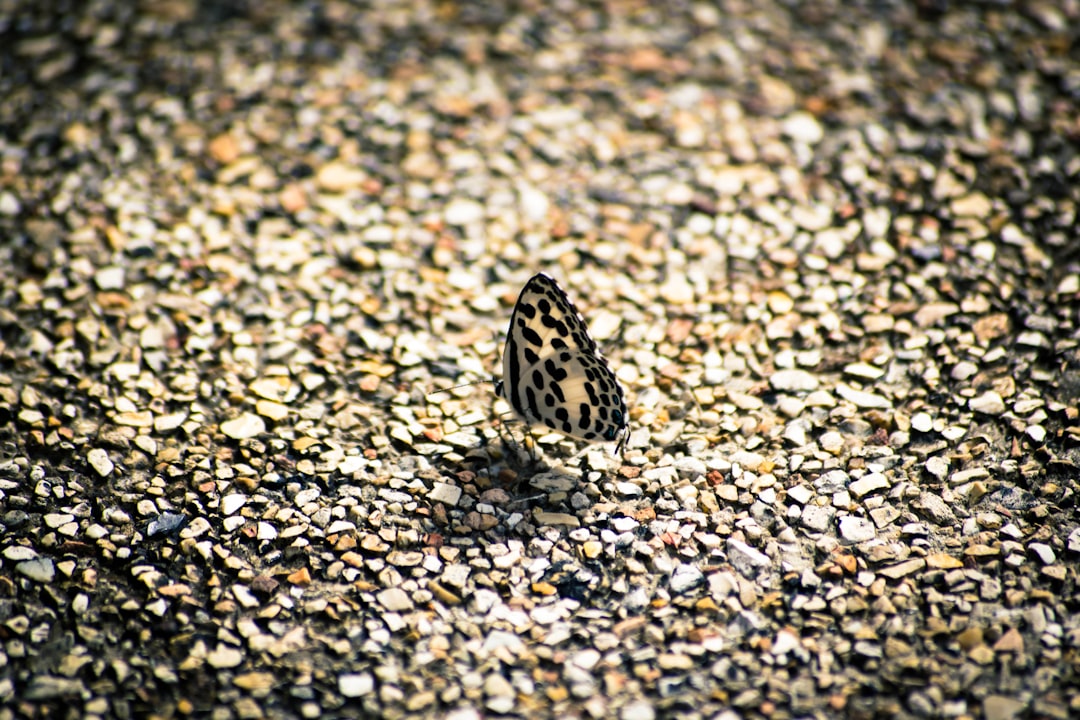
Mimesis
Disruptive coloration
Counter-shading
Mimicry
Which technique involves an animal playing dead to avoid predation?
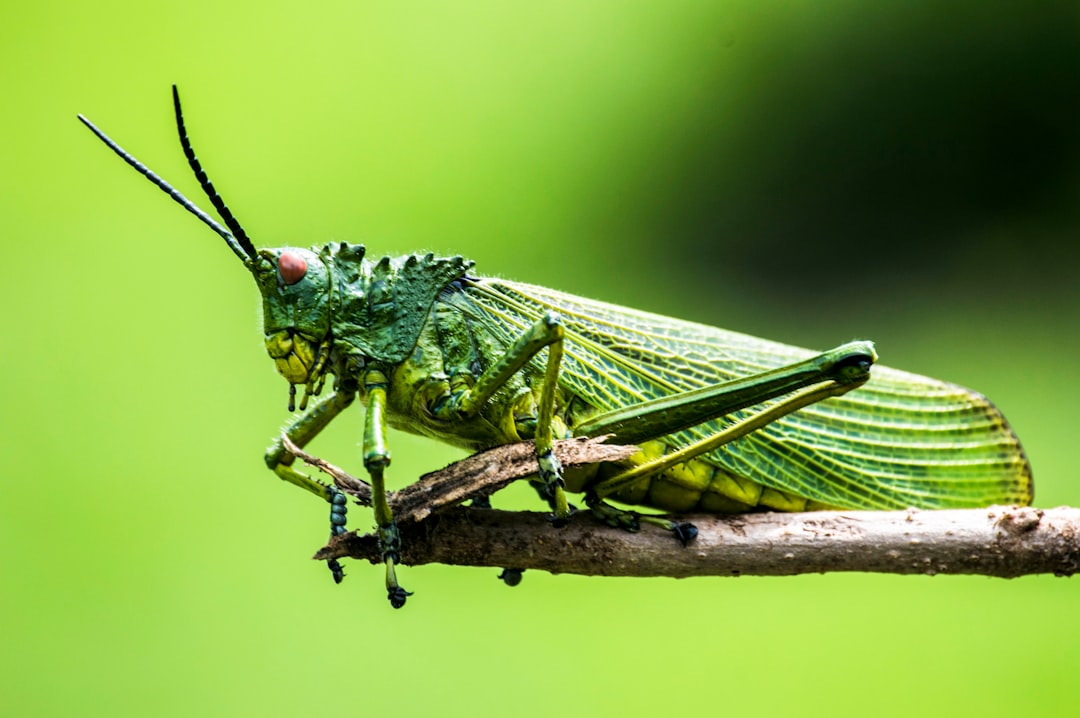
Crypsis
Thanatosis
Aposematism
Batesian mimicry
What is aposematism?
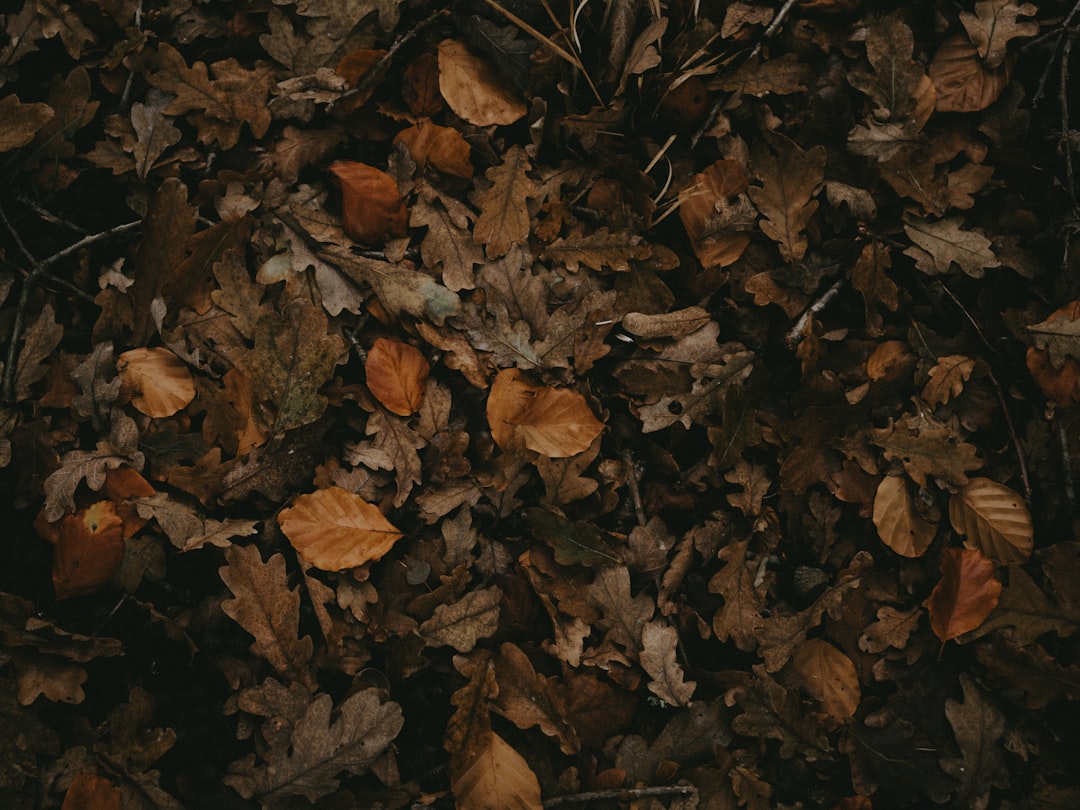
Blending into the background
Looking like another dangerous animal
Warning colors to deter predators
Copying sounds of predators
Which animal uses mimicry to resemble a venomous species?
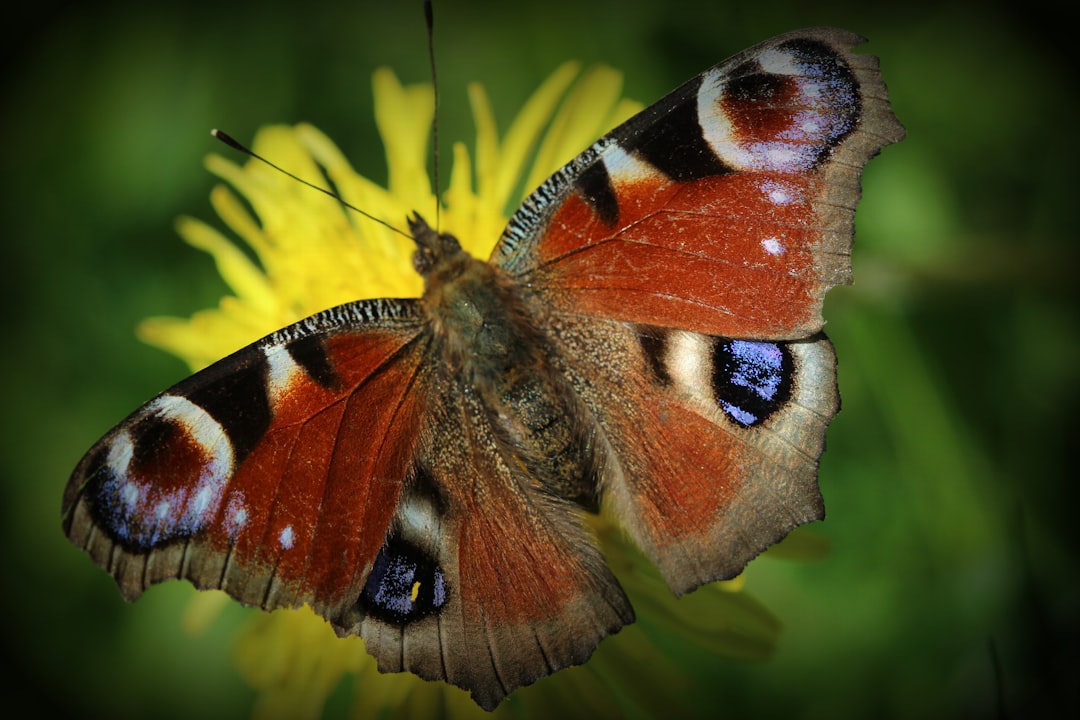
Kingfisher
Coral Snake
Hawk Moth
Scarlet King Snake
How do Arctic hares use camouflage?
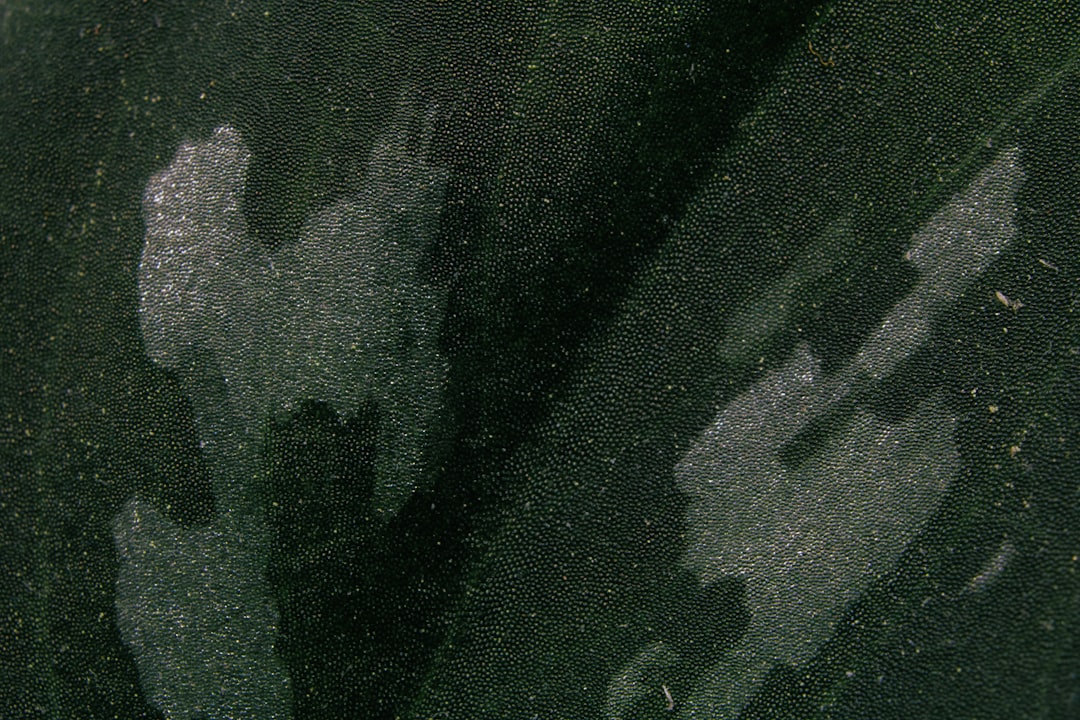
Change color in summer
Stay white year-round
Hide in snowdrifts
Change color in winter
Which animal uses disruptive coloration in the ocean?
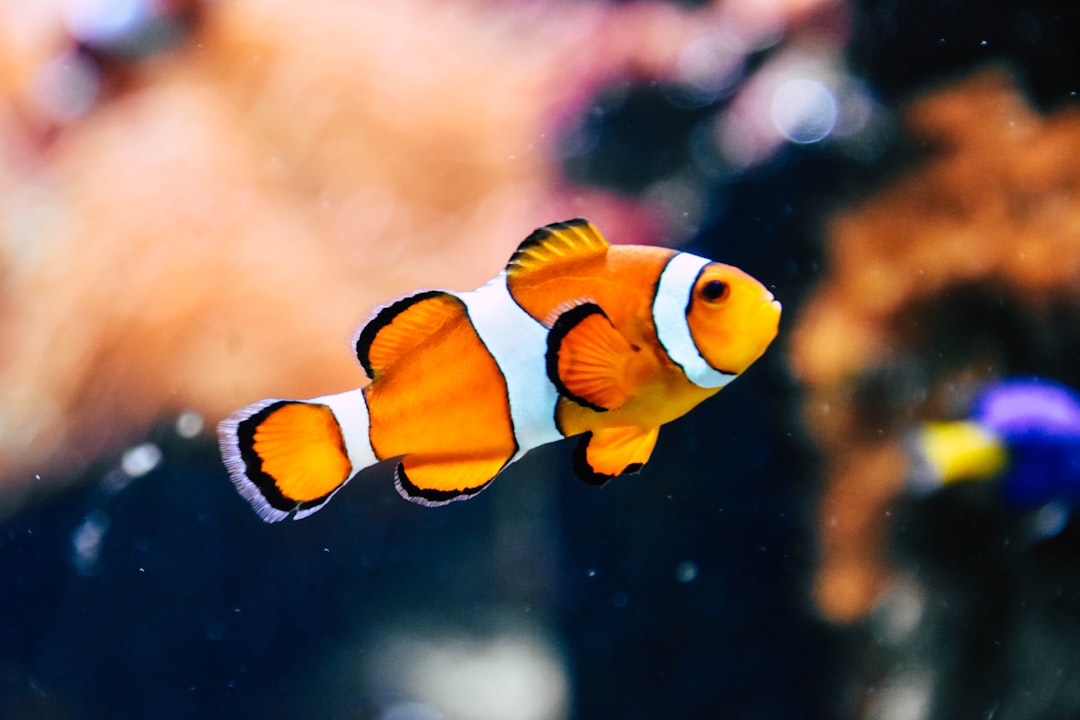
Clown Fish
Cuttlefish
Blue Whale
Sea Turtle
Which bird uses mimicry to escape predators?
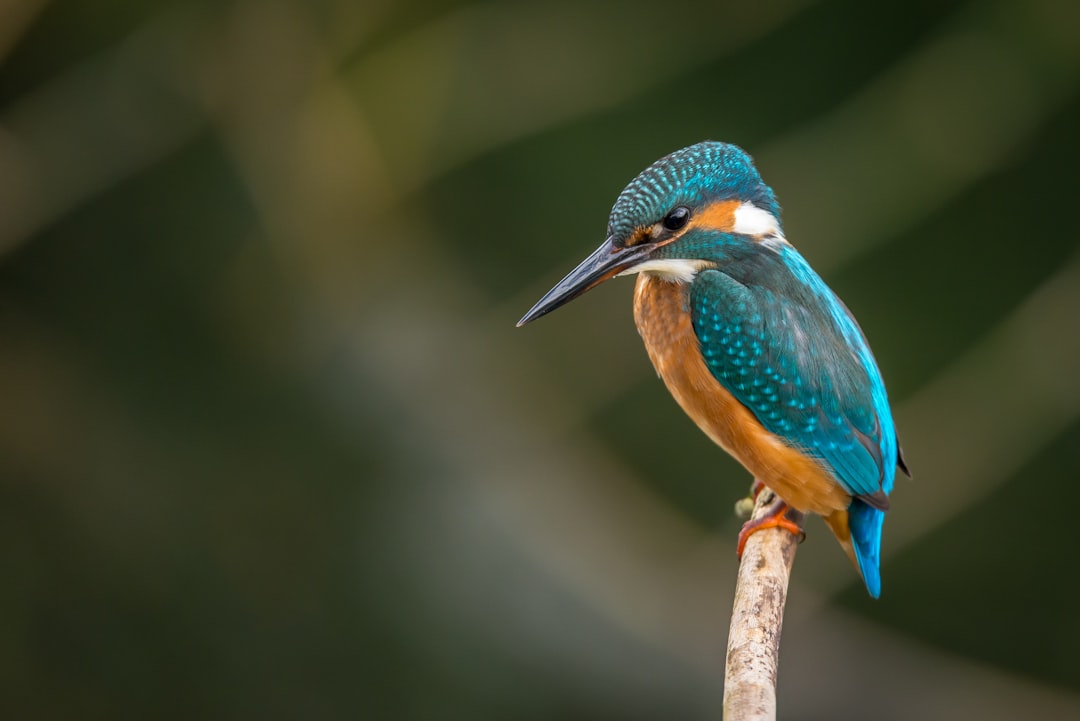
Mockingbird
Owl
Vulture
Killdeer
What strategy do leaf-tailed geckos use for camouflage?
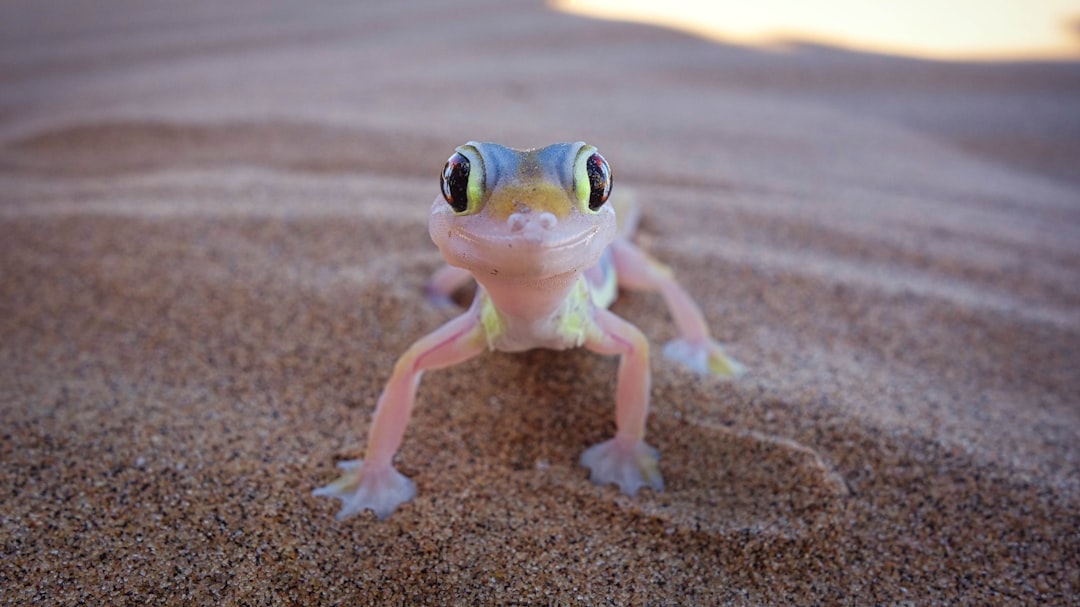
Mimic leaves
Change colors
Hide at night
Play dead
Which animal camouflages itself as tree bark?
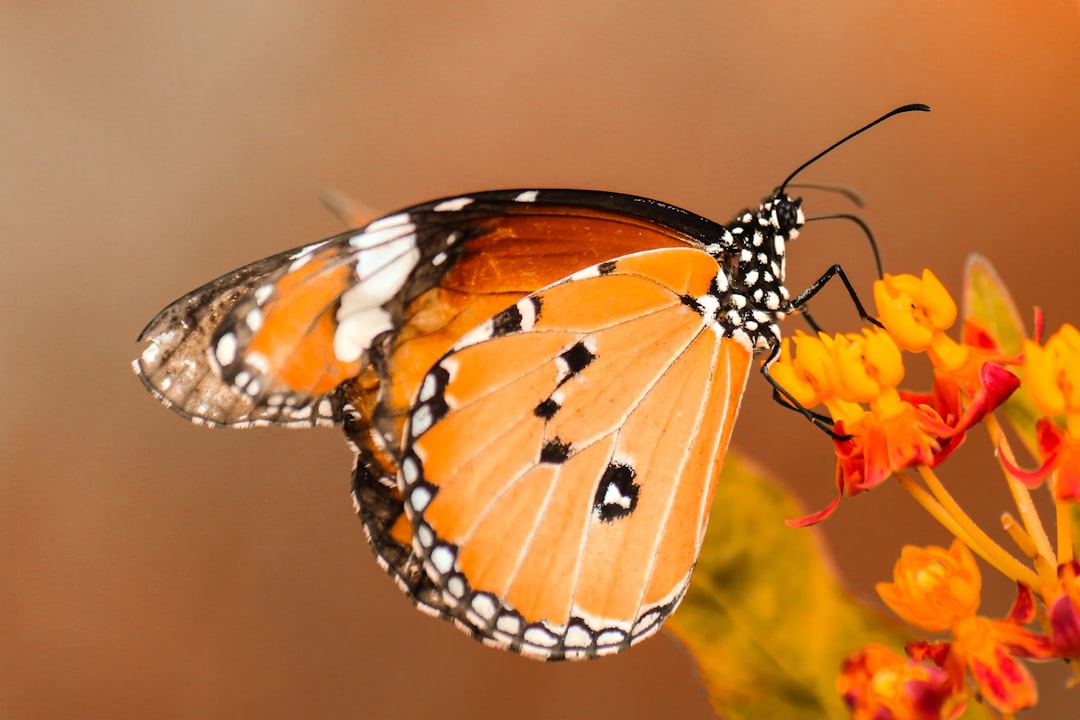
Sloth
Stick insect
Red fox
Rabbit
What is the main method of camouflage for flounders?
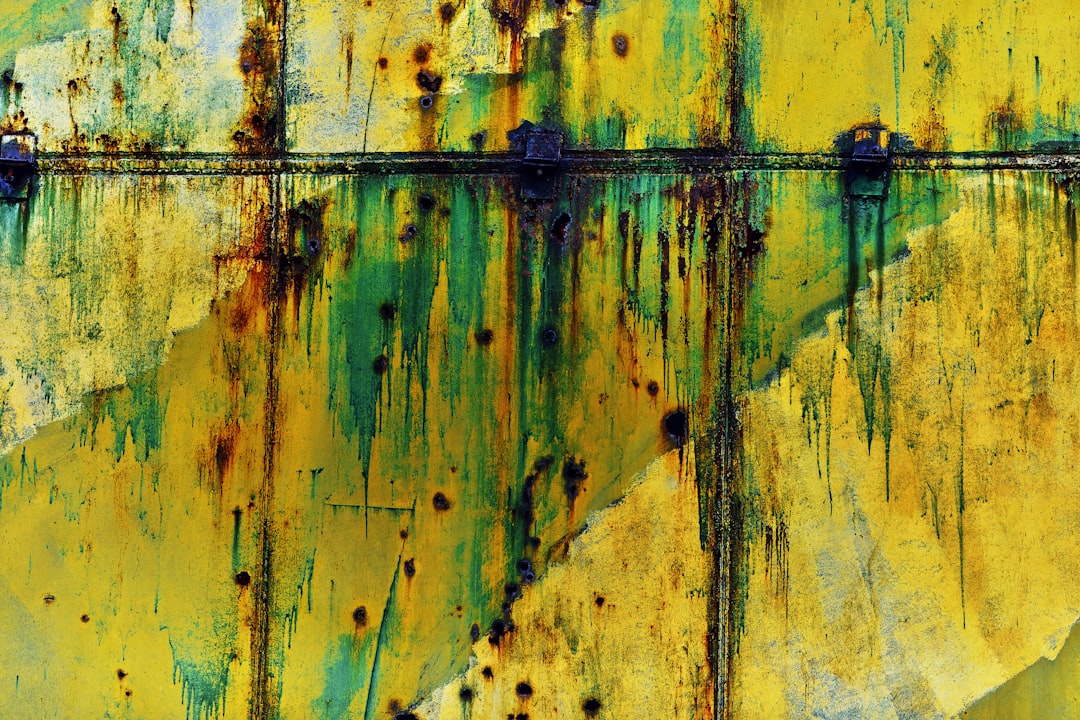
Bury in sand
Swim fast
Schooling
Color change
How do snow leopards camouflage in their habitat?
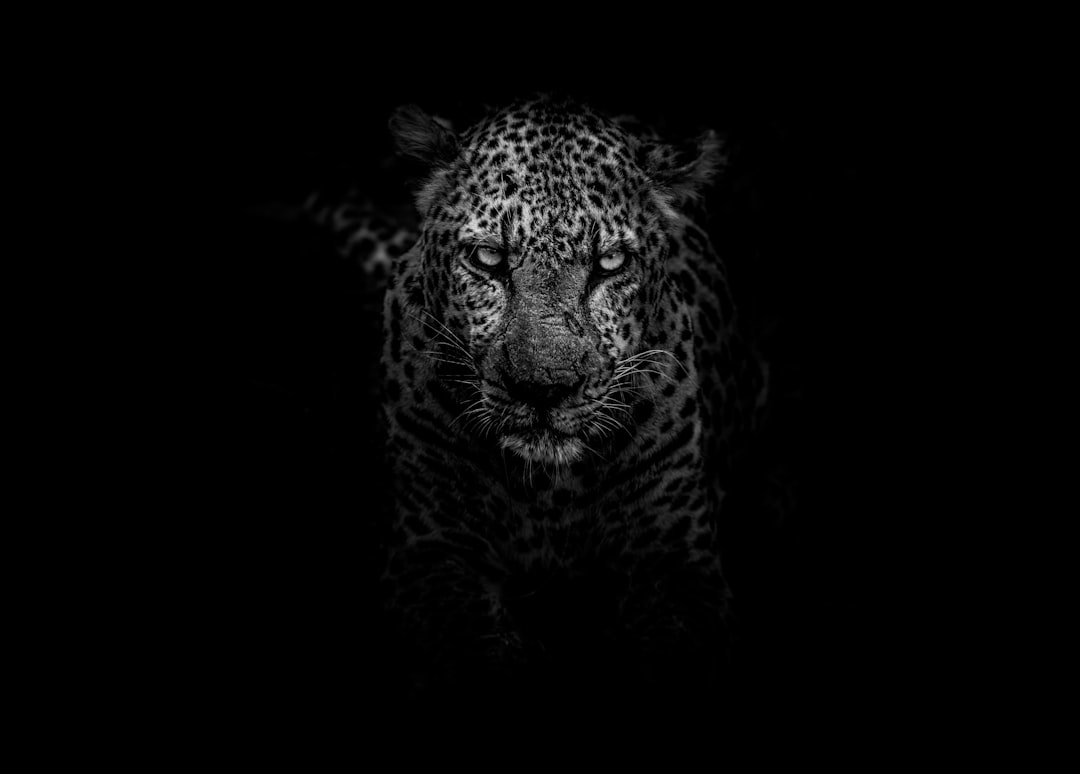
Spots mimic rocky terrain
Blend into snow
Hide in caves
Camouflage at night
What type of camouflage do zebras use?
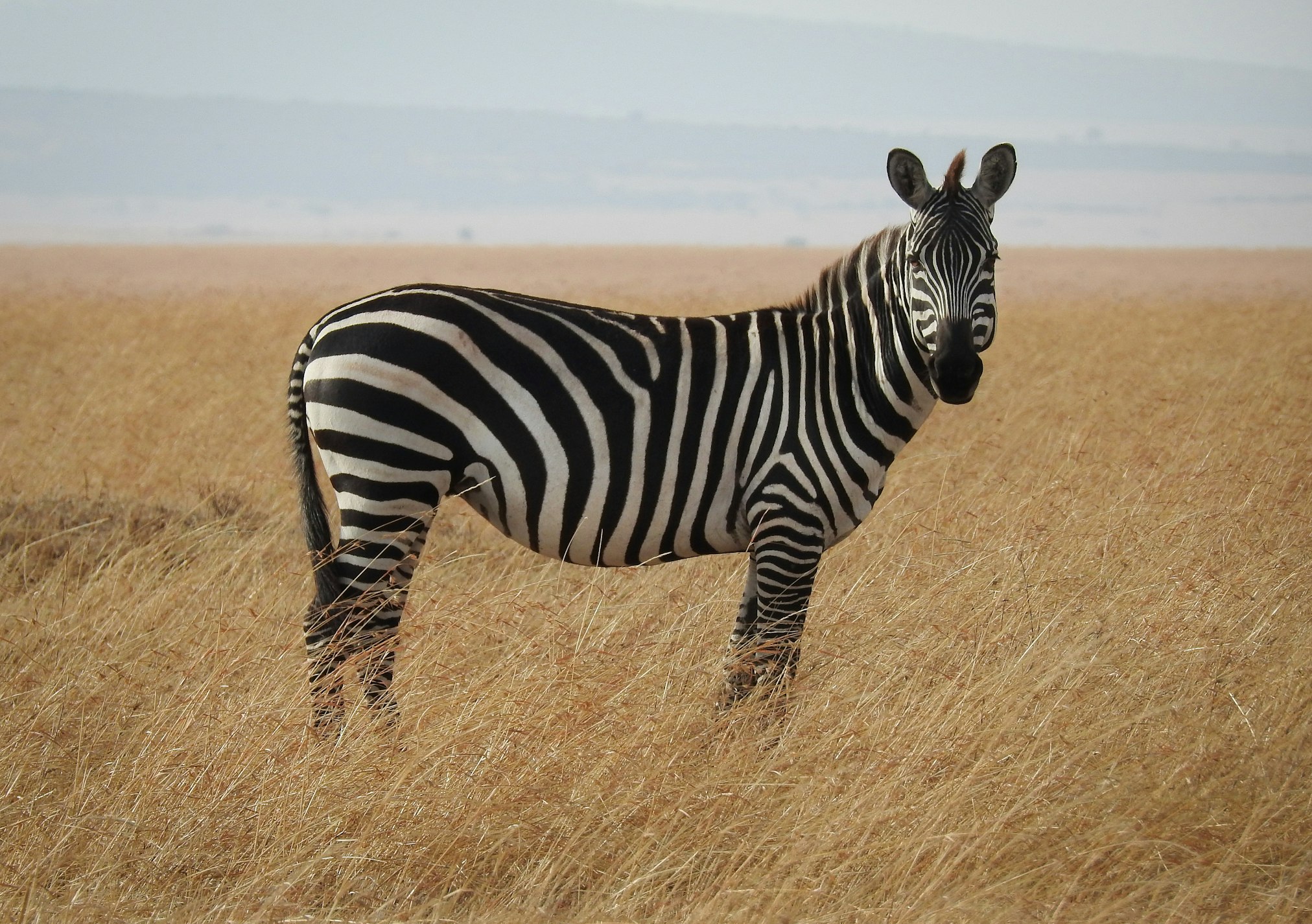
Mimicry
Disruptive coloration
Counter-shading
Thanatosis
Which creature changes color to blend with coral?
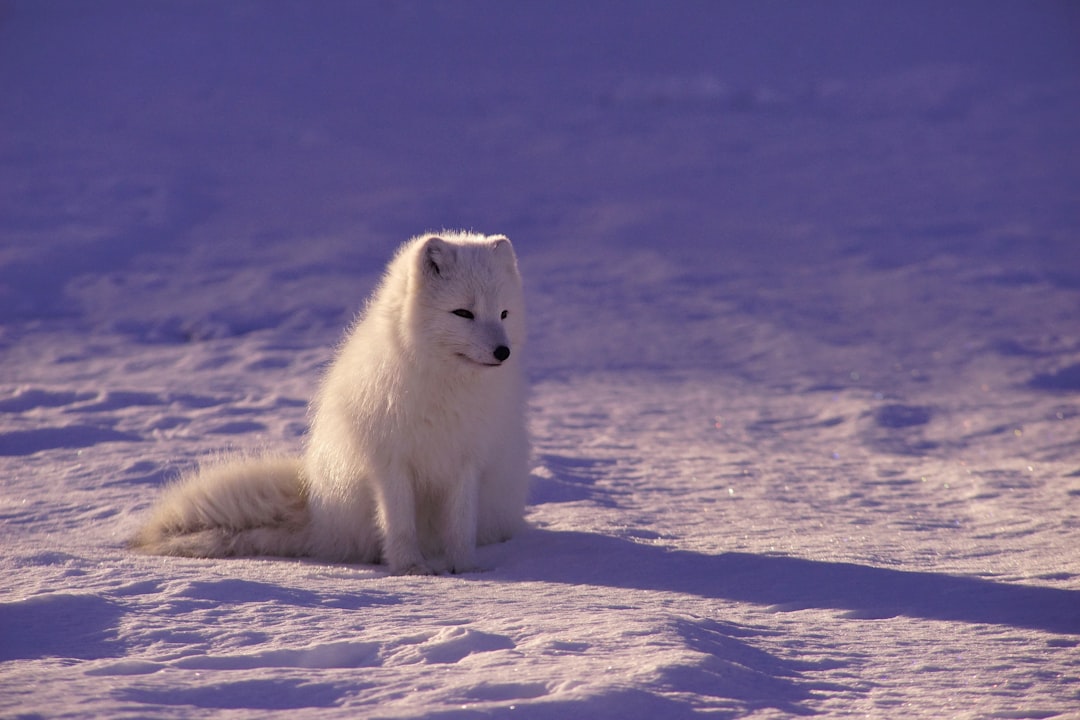
Clown Fish
Seahorse
Coral snake
Octopus
What is the purpose of the owl’s camouflaged plumage?
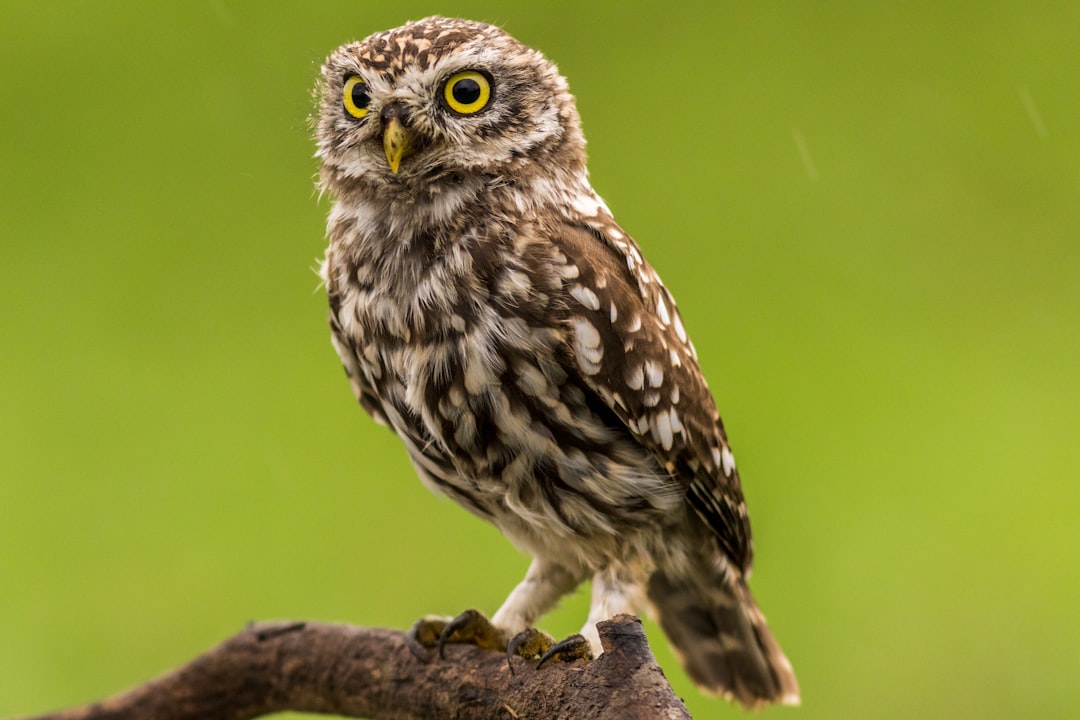
Attract mates
Hunt prey
Hide from predators
All of the above
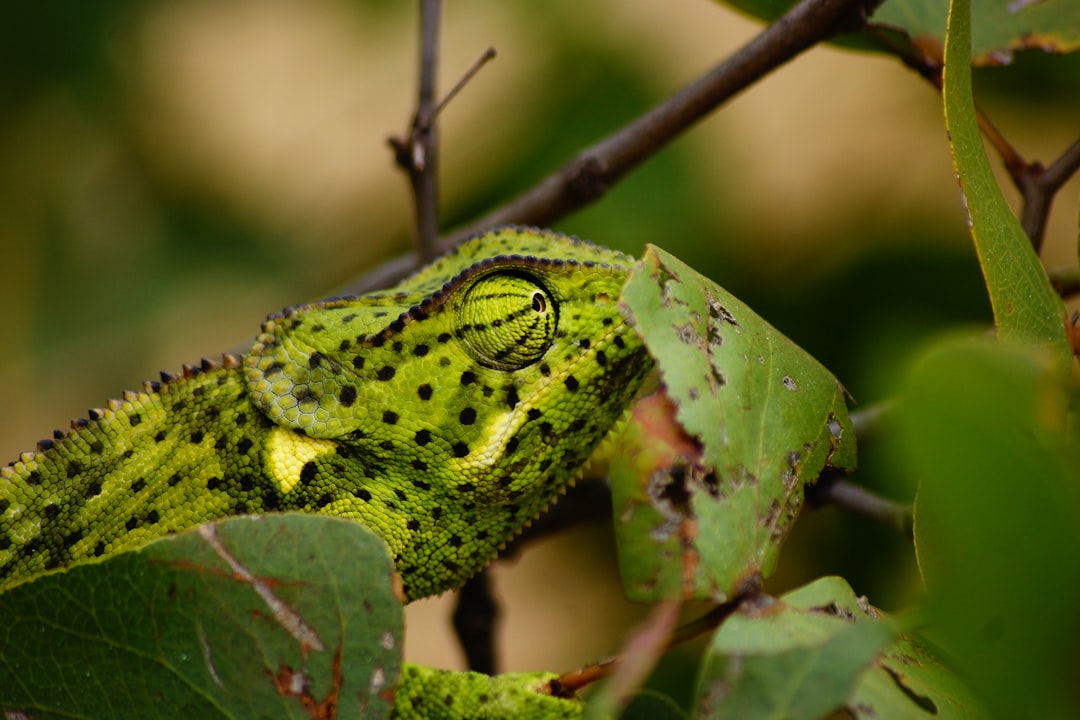
Camouflage Cadet?
Your stealth skills are sprouting, but need nurturing!
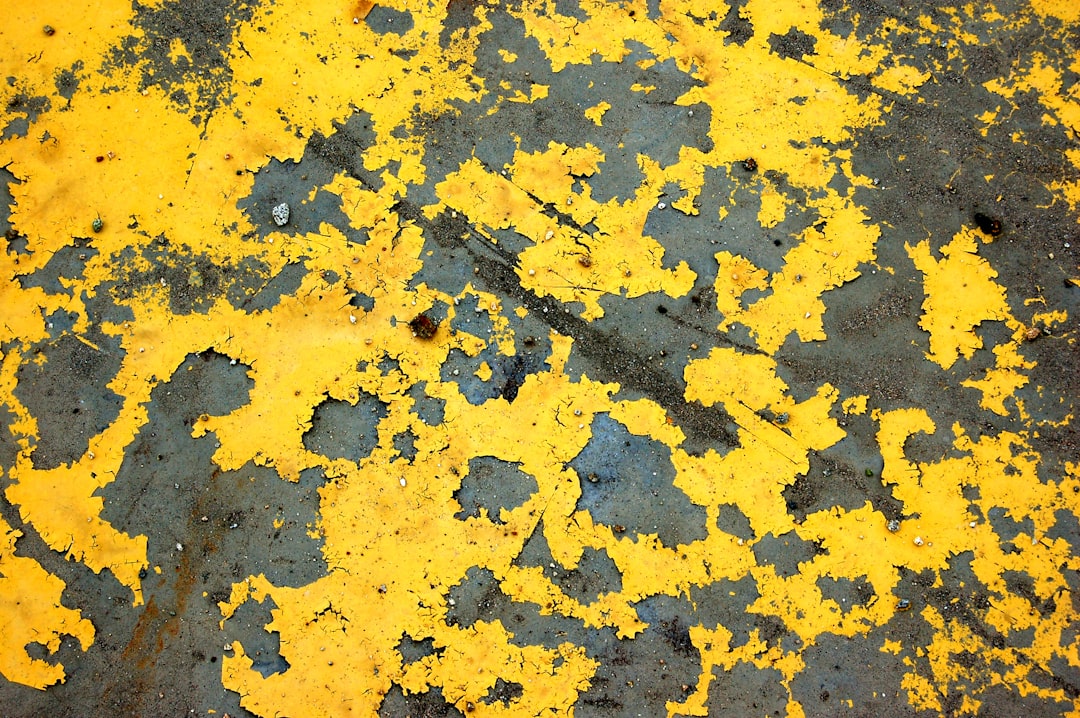
Camouflage Connoisseur
You’re on your way to mastering animal disguise!
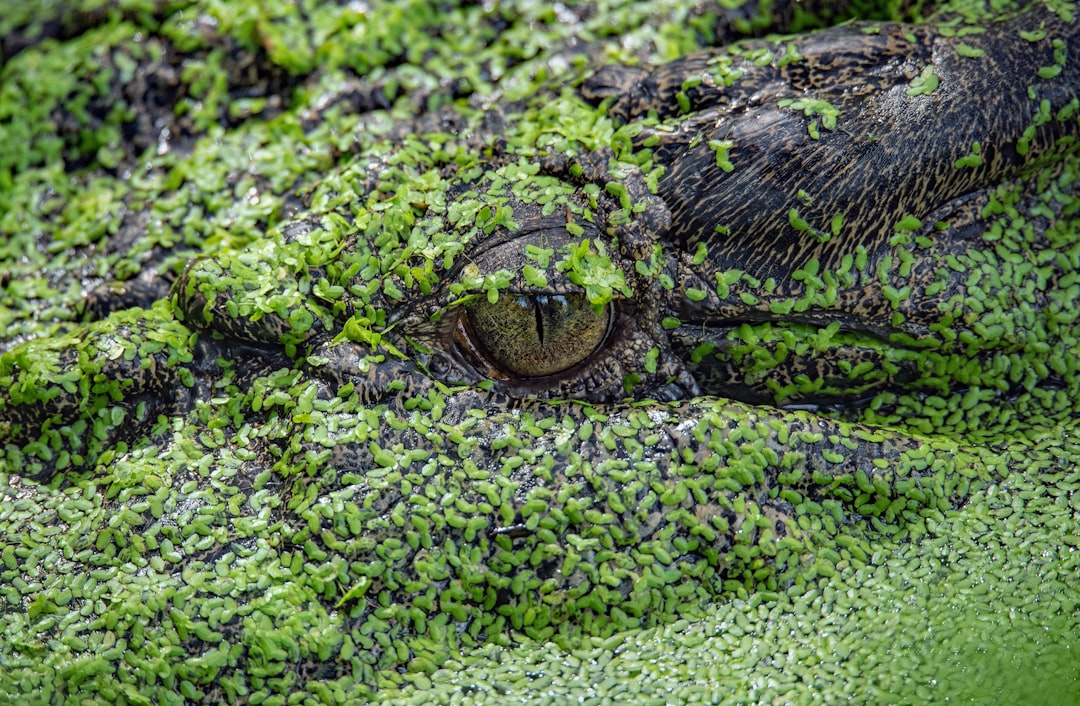
Master of Mimicry
You’re a true expert in animal camouflage tactics!


